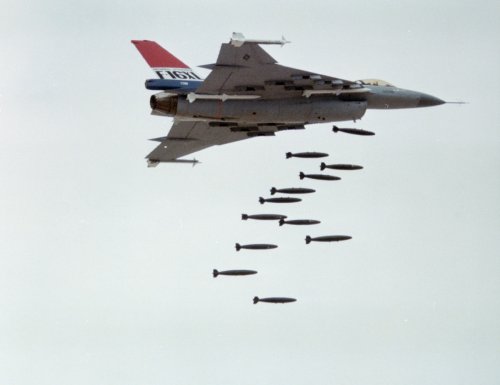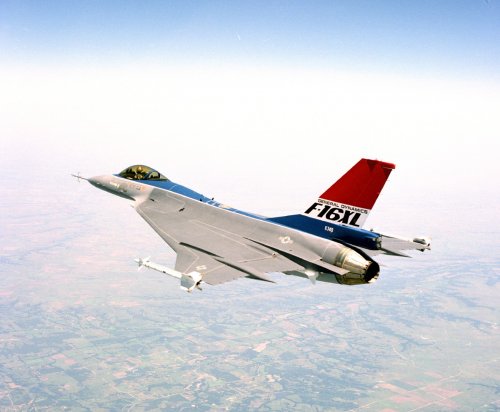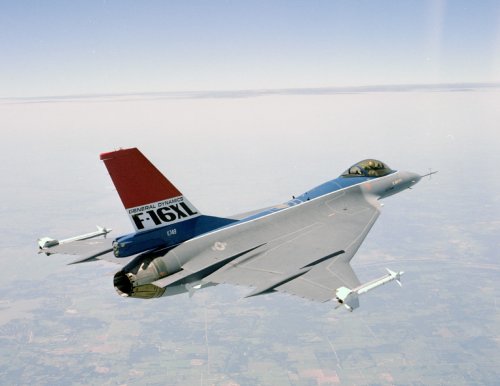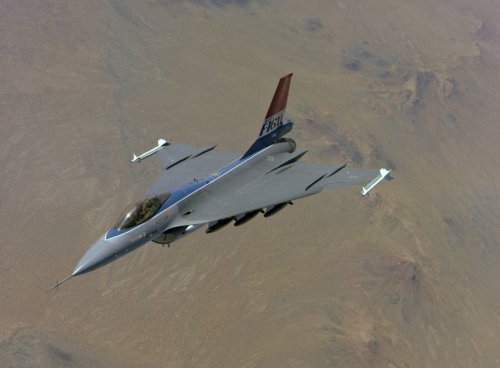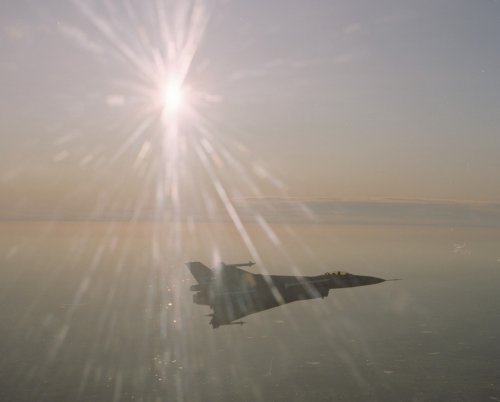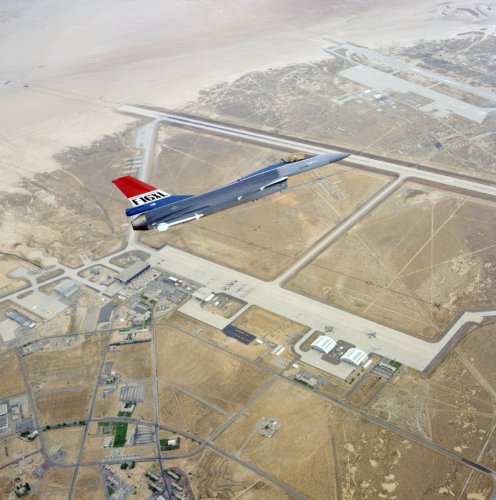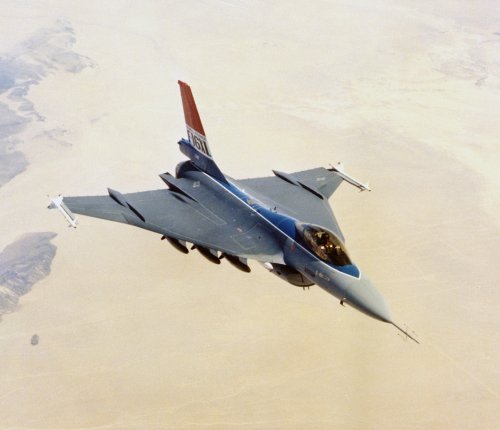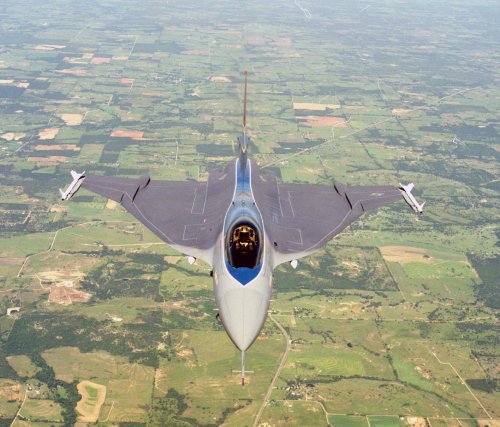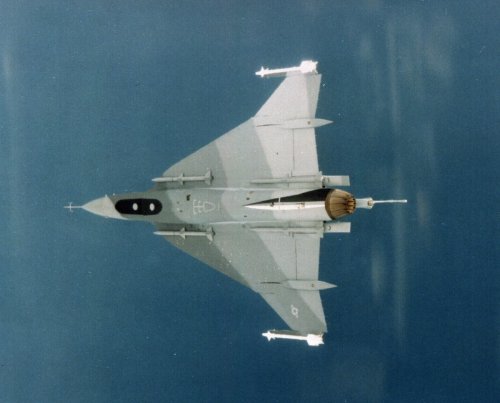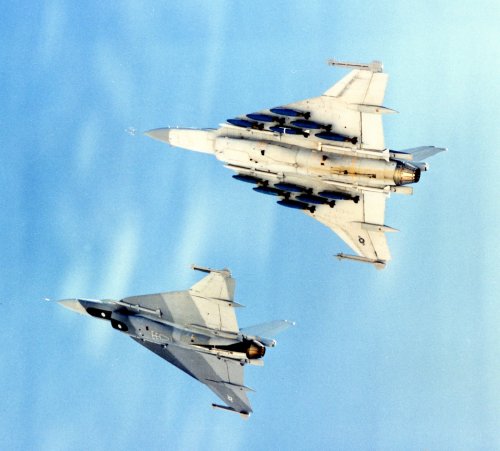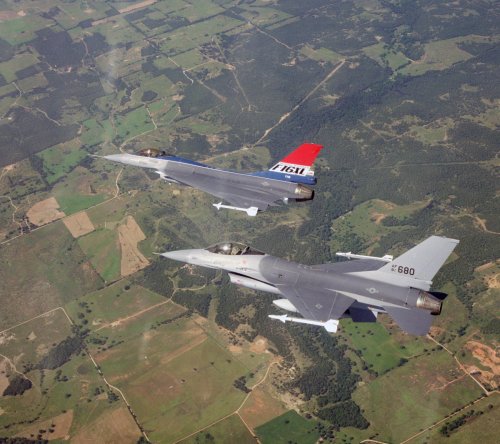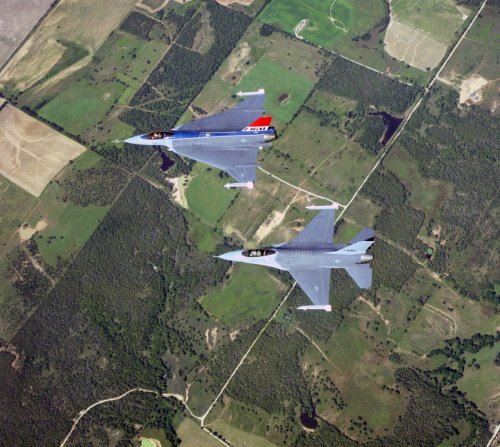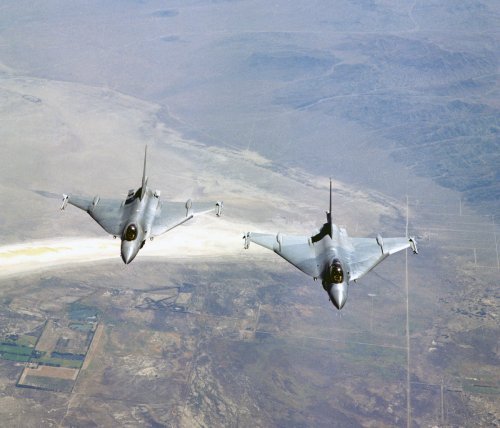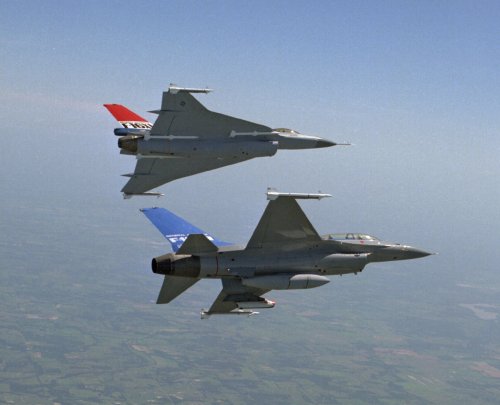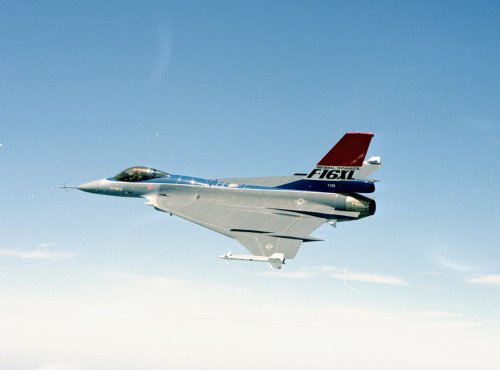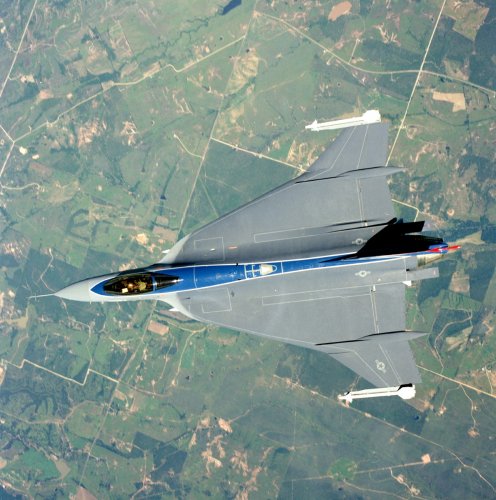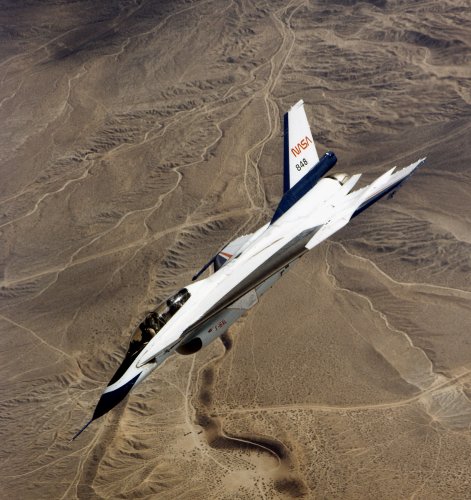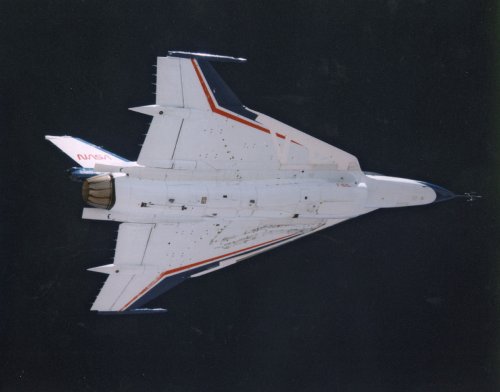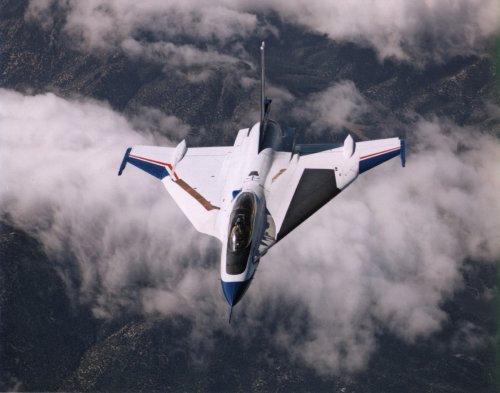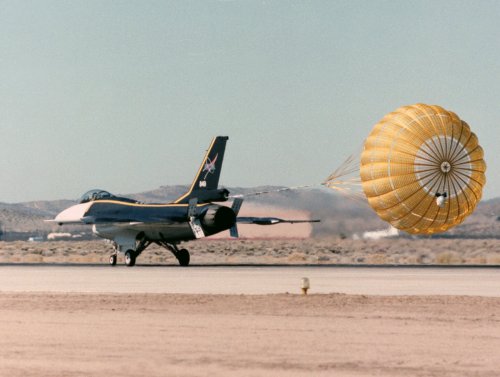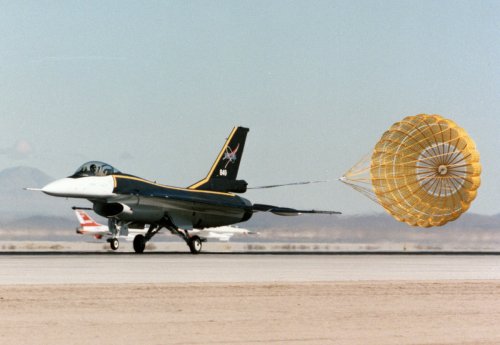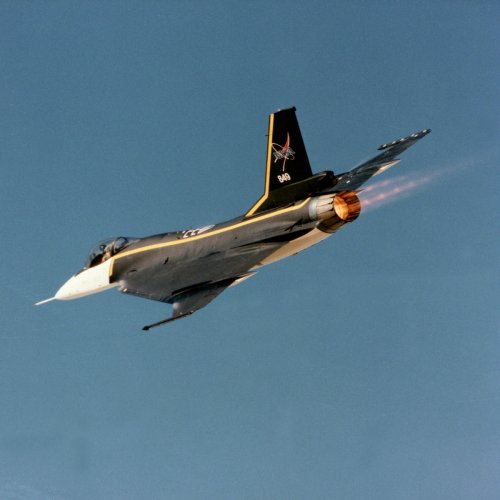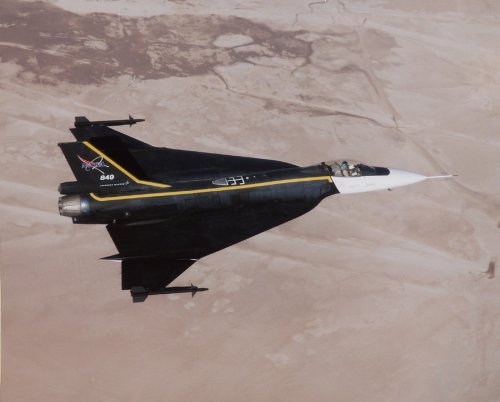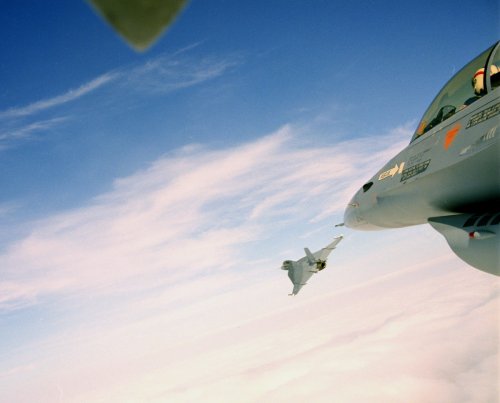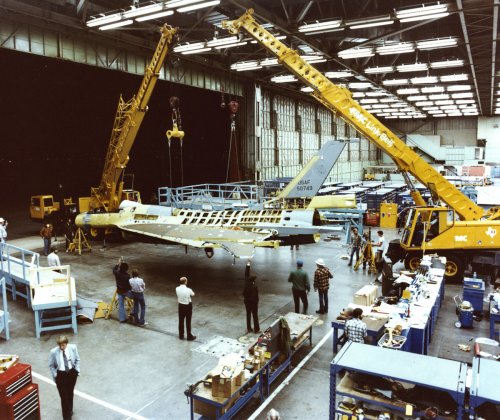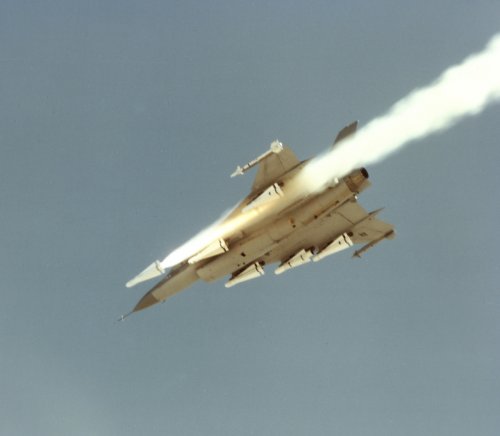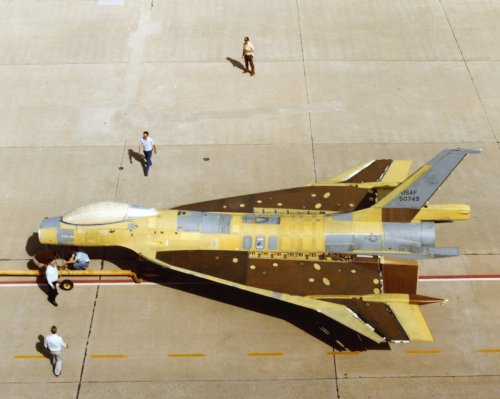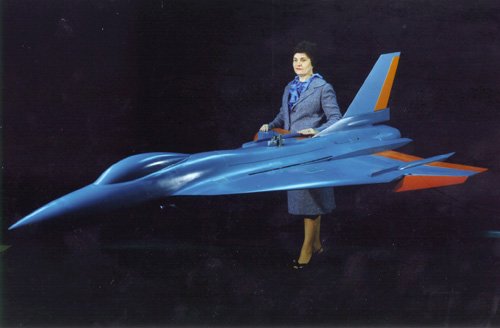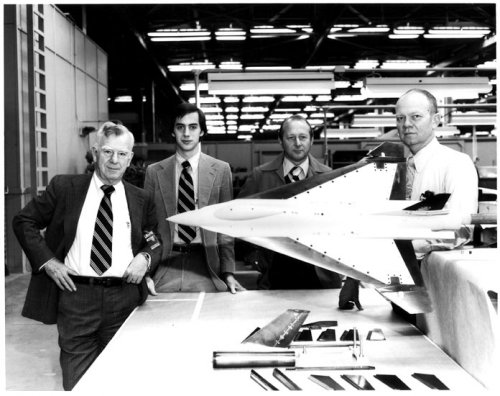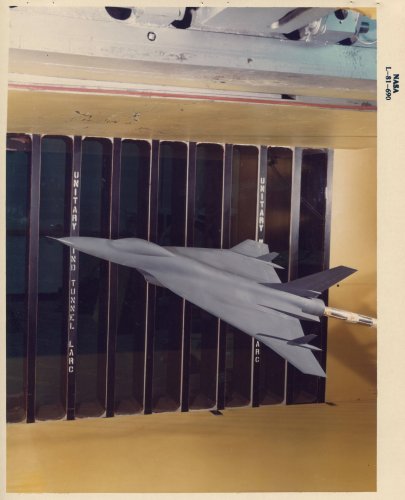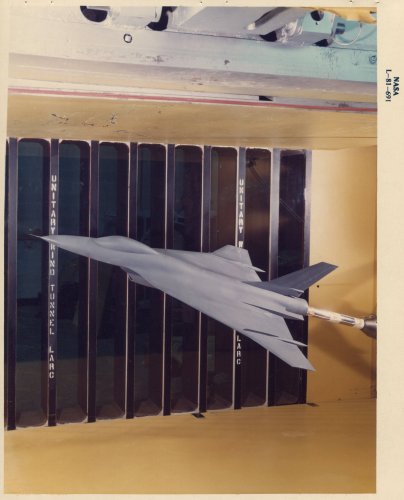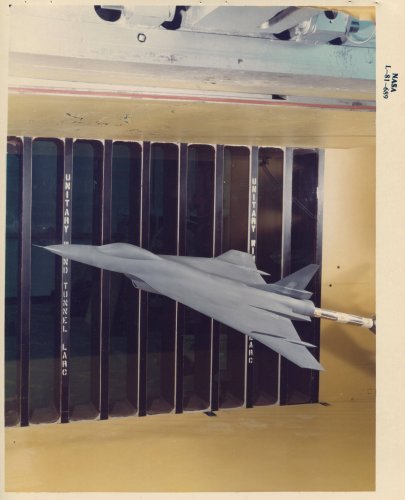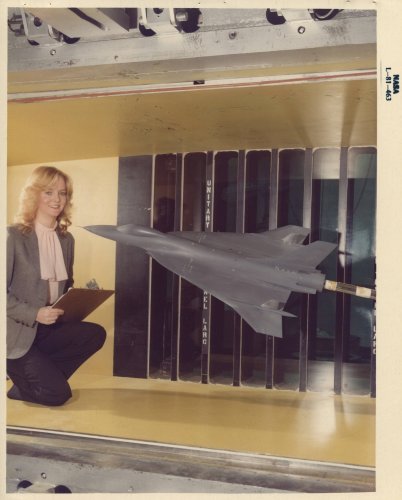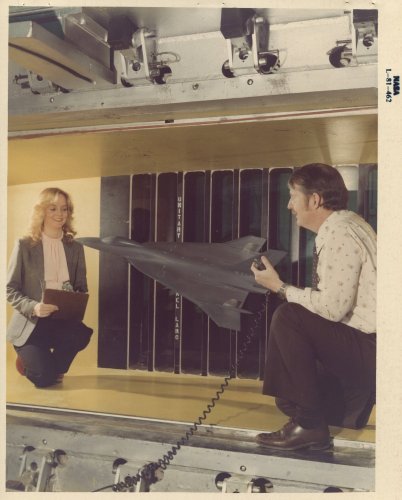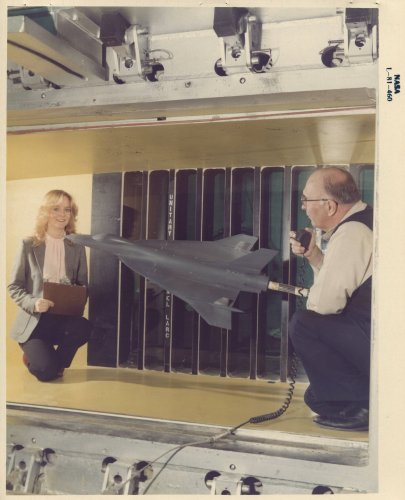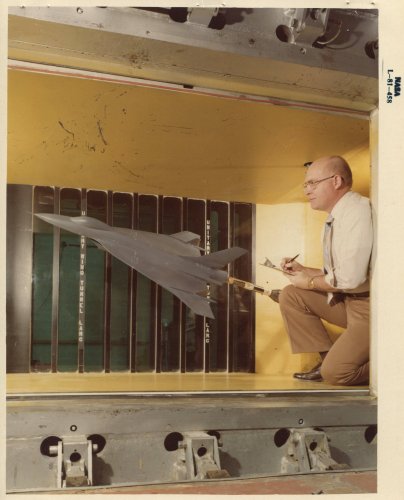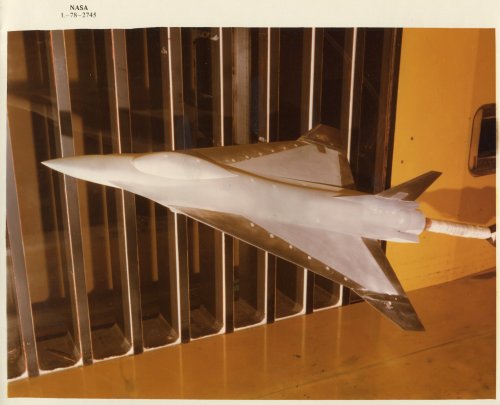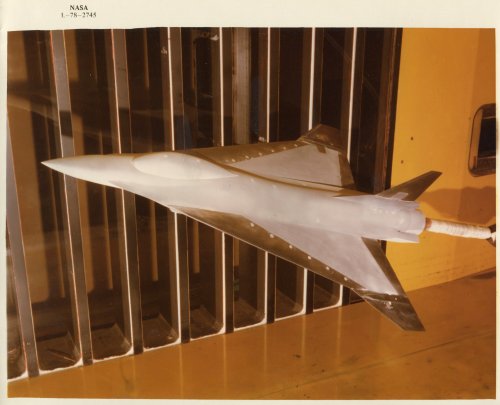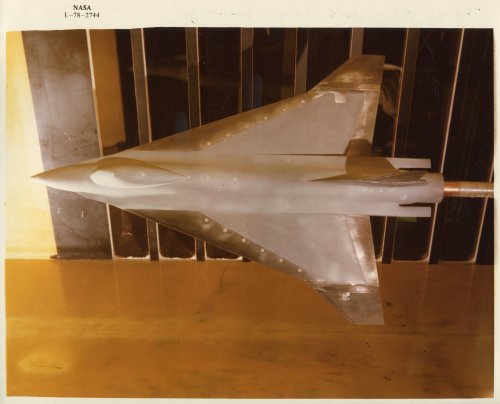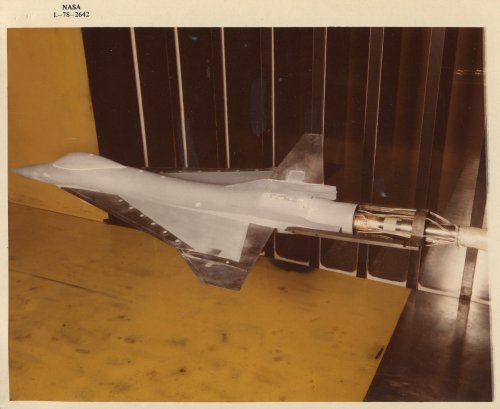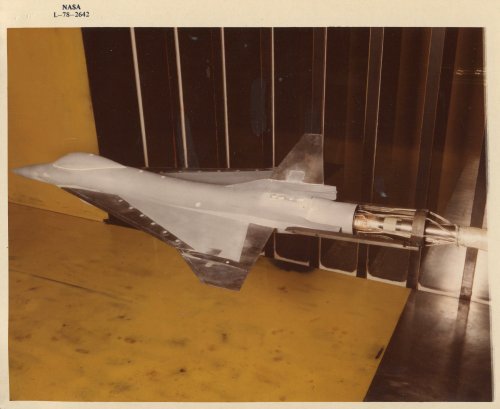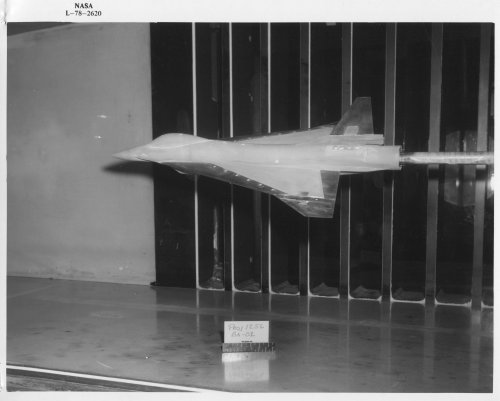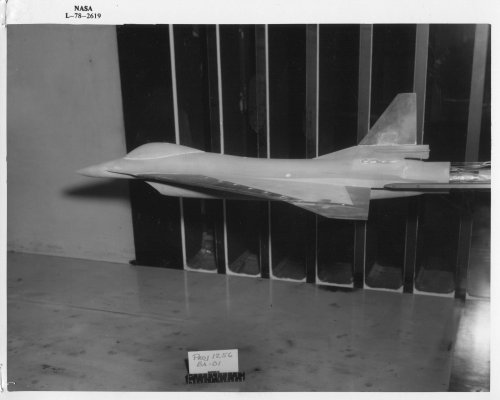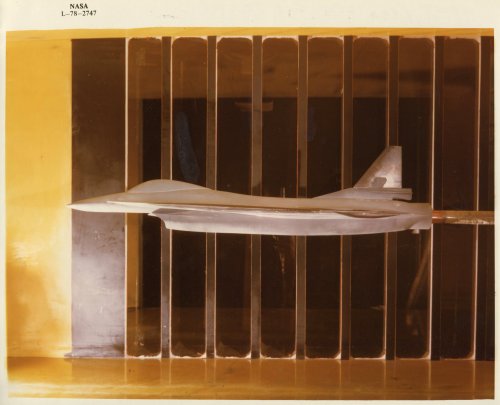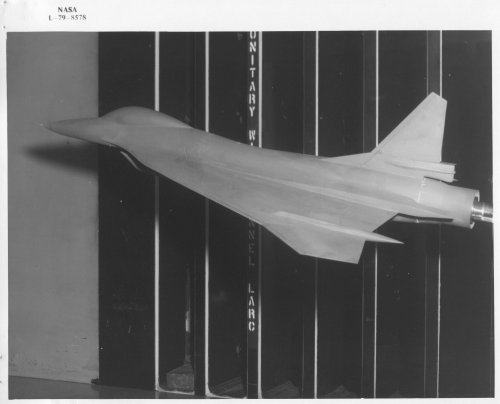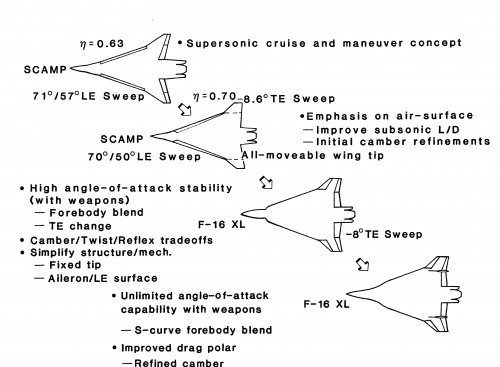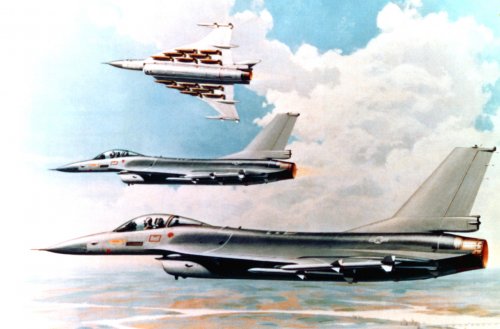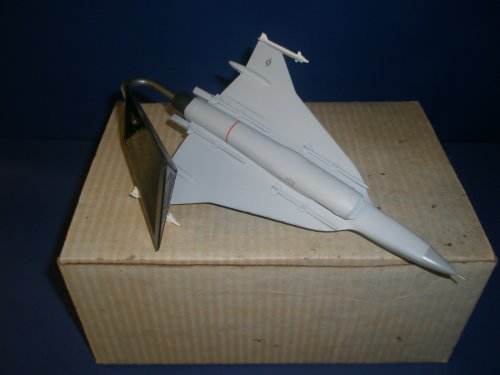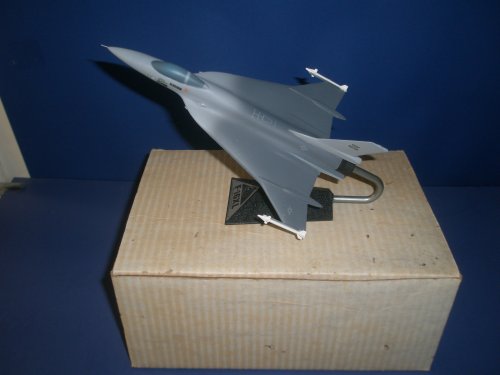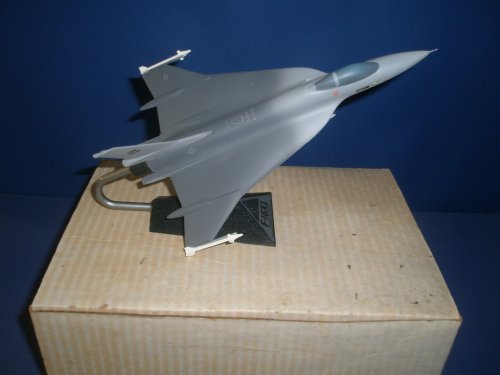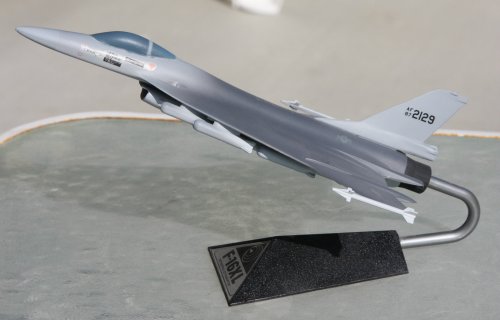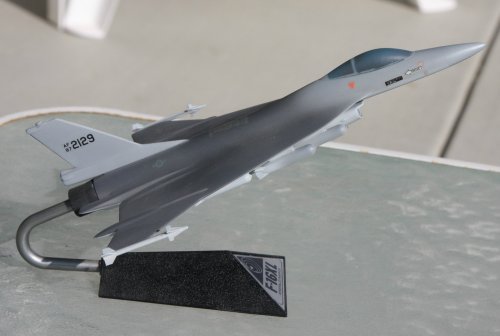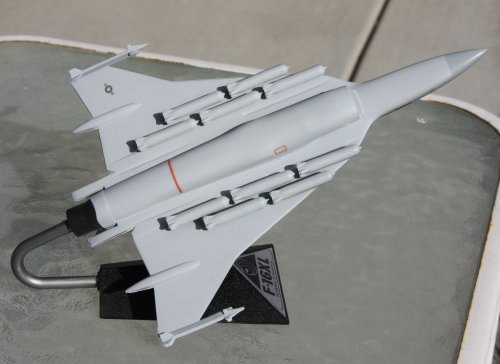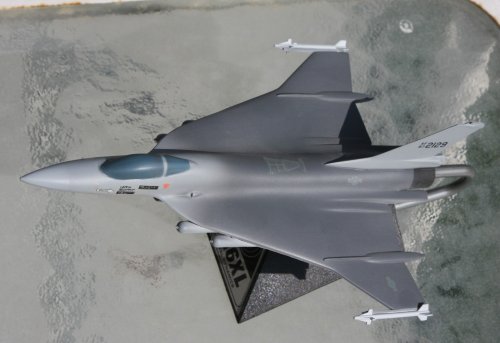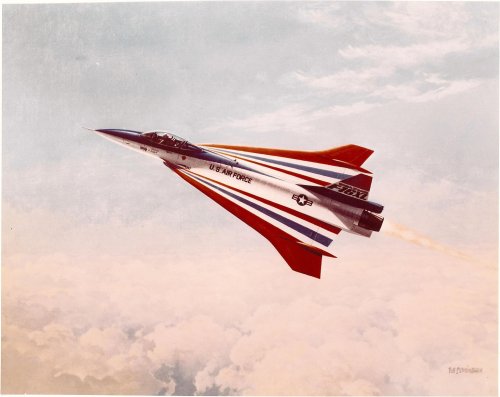F-14D said:
Sundog said:
Actually, based on the latest info I've read on the Strike Eagle program is that one of the reasons the Strike Eagle won, besides the fact that it was an operational bird and jost a demonstrator like the XL is that they didn't like the LWF mafia and just saw the XL as more of their meddling.
I would think that the F-16E (the XL was the supersonic cruise demonstrator program, the strike versions would have been the E & F) would have, as someone mentioned made the LWF folks angry and so would be a point in its favor within AF hierarchy.
Actually, I believe the reason was more mundane. AF had a requirement for an eventual replacement of the F-111 (the original replacement, the B-1A, was canceled by President Peanut). Congress said this was fine and to ahead with the ETF (Enhanced Tactical Fighter) program. But they put one significant constraint on the idea: The ETFs would come out of the already authorized production totals of whoever won. Therefore, the relative costs of the two aircraft was not as important as the delta between the C/D version and the E/F of the respective aircraft.
MDD and Hughes had already been working on such a concept. The F-15 required much less modification, basically stronger landing gear, certification of the already developed conformal fuel tanks, sensor mounts, some revision of the rear cockpit (singe seat versions of both ETF proposals had been dropped) and weapons clearance trials. It was larger and could accommodate more growth. Also, while more power would definitely be needed to realize its full potential, it could get by with the existing Pratts. The F-16E would require much more design and development and definitely need an engine with the power of the F110 from the get-go. Reports indicate that development cost of the Strike Eagle would be 40% less than that of a Strike Falcon, and the cost difference between a Strike and regular Eagle was significantly less than that of its Falcon counterparts (remember the constraint that you get the same number of respective airframes regardless of whether it's a"Strike" or not).
So what it came down to was that under the constraints they were operating under, besides the other advantages, the Strike Eagle was cheaper.
Partly, though, that comes back down to the mission and the "mission" was designed more around the Strike Eagle than it was the F-16XL (E). Also, it was the Air Force itself that was pushing the for the "Strike Eagle" and they literally had to talk MDD into actually building the prototype.
Having said that, the F-15E was always going to be better. Larger fighters are always better due to greater capability and room for more growth. The only reason you usually buy a smaller fighter is to save money.
The F-16XL only made sense to me to replace current F-16 production, since the USAF likes a long range bomb truck at the lower end, which is how they mostly use the F-16. Of course, the F-16 finally became that aircraft with CFT's. But they could have had that earlier with the YA-7F (But it wasn't an F-16).
Of course, veering a little off topic, now that they want a replacement for the T-38, a derated F-16 makes complete sense for that mission. Remove most of the mission capability you don't need for training, remove the A/B as the dry thrust of today's improved F-100/F-110 on a lighter F-16 should be more than enough for what they need for supersonic training. But the F-16 is no longer new and could go into production much quicker than a competitor, be built in the U.S. and the only real other supersonic trainer option is the Korean/LM T-50. So it probably won't be offered. Except maybe from Boeing

(I know it's built by LM, that was just a ref to Boeing's smart play to offer upgraded variants of existing products).
BTW, does the USAF have any CFT equipped F-16s? To the best of my knowledge the answer is no, but someone in my hobby club was saying they do. I've yet to find any evidence to support that notion.


